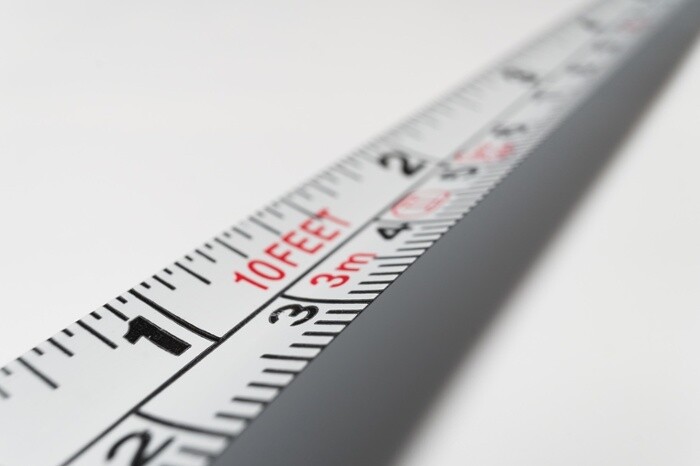Regardless of which market your business is in, choosing the right key performance indicators (KPI’s) is the first step to improvement. KPI’s are quantifiable measurements that help assess the success, or lack thereof, of a task performed by your company. They are used to evaluate overall performance and help businesses achieve certain goals.
Here we will outline some of the factors you should consider when choosing which KPI’s to focus on.
Know Your Business Goals
KPI’s help measure progress made toward your business goals, so you need a very clear idea about what you are trying to achieve. Only by setting precise goals for yourself can you define your KPI’s. You must focus on solid figures. Your goals should be specific, measurable, agreed upon, realistic, and time-based.
Select KPI’s that are directly linked to your goals
Focus on statistics that can offer you insight to progress within a specific period of time. Since this progress should be related to your business goals, you must make sure you KPI’s are aligned with your time bound goals. For example, some possible KPI’s related to sales are conversion rates, daily sales, price trends, and website traffic per month.
Before you chose your KPI’s, ask yourself these questions to help make sure the indicators you chose align with your goals. There are many KPI’s to chose from, but not all will be suitable for your business.
- What is the purpose of your business?
- What do you wish to achieve within the next year?
- How will you determine that you have reached your goals?
What do the numbers mean?
Some KPI’s may not be as obvious as others. While monthly revenue is a very important statistic to track, customer satisfaction is just as important, but much harder to track. If your customers aren’t happy with your service, even if you are reaching revenue goals, you have a lot to work on. Could you send out a monthly survey to your customers t? Make sure you are accounting for quantity and quality. Figure out what will effect your success, and even though these aspects sometimes aren’t easily measured, do your best to concentrate on them.
Less is more
Focus on a few key metrics, rather than several different data points. If you try to track too many KPI’s it becomes counterproductive, so aim for tracking between five and ten.
Identify lagging and leading performance indicators
Lagging indicators measure the overall performance of the business by measuring the output of something that has already occurred. These indicators are backward focused and great for focusing on results.
Leading indicators measure inputs and the likelihood of achieving something in the future. These indicators are considered business drivers since they predict what is to come and the way the business is moving.
Neither indicator is better than the other, and they should both be used.
Some important takeaways
- KPI’s should measure your progress toward specific goals.
- A good metric has a strong impact and relevancy to your business.
- The KPI must be measured in a timely manner.
- It’s important to understand what happened in the past as well as how you are moving forward.
- KPI’s main purposes are to drive the performance of your business.
Learn more about KPIs in our free ebook A Business Guide to: ANALYTICS, KPI’s & DASHBOARDS.







